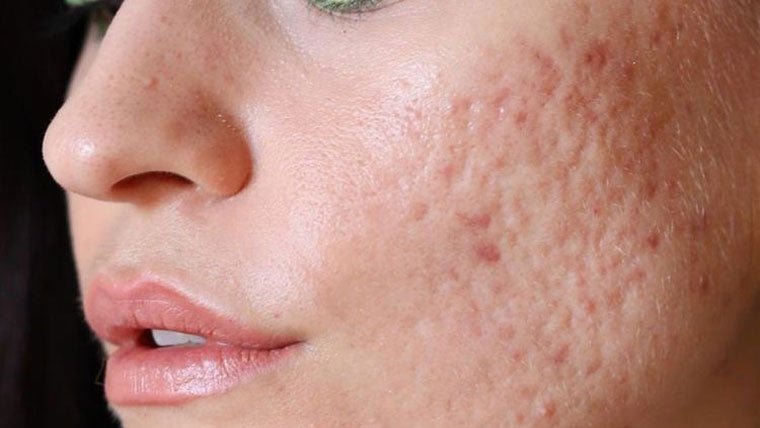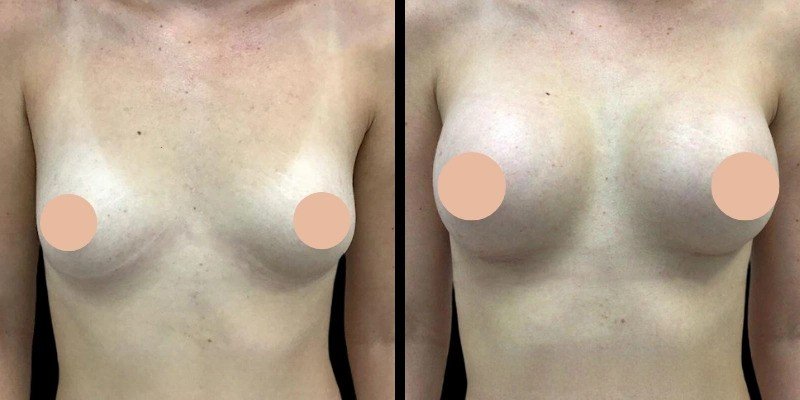Acne scars are a common concern for many individuals, often lingering long after acne breakouts have subsided. These scars can affect a person’s confidence and overall appearance, but the good news is that there are numerous effective treatments available to help restore smooth skin. The modern approach to acne scar treatment combines advanced techniques that promote healing, stimulate collagen production, and significantly improve skin texture. With the right treatment plan tailored to individual skin needs, Acne scars removal(ندبات حب الشباب) can be minimized, leaving behind clear, smooth skin.
Understanding Acne Scars and Their Types:
Before choosing a treatment, it’s important to understand the different types of acne scars. Acne scars are typically classified into two categories: atrophic and hypertrophic. Atrophic scars are depressions or indentations in the skin caused by a loss of collagen, while hypertrophic scars are raised, thickened scars that result from an overproduction of collagen. Identifying the specific type of scar can help determine the best course of action for effective treatment.
Common types of acne scars include:
- Ice Pick Scars: Deep, narrow scars that extend into the dermis, resembling small holes in the skin.
- Boxcar Scars: Wide, shallow depressions with sharp edges, typically found on the cheeks or temples.
- Rolling Scars: Broad, undulating scars that give the skin a wavy, uneven appearance.
- Hypertrophic Scars: Raised, thick scars that often appear red or dark and are more common on the back or chest.
Top Treatments for Acne Scars:
There are several effective methods for treating acne scars, each tailored to address different types of scarring and skin concerns. From minimally invasive procedures to advanced laser treatments, patients can choose the method that best fits their needs, budget, and desired outcomes.
Effective acne scar treatments include:
- Chemical Peels: Involve the application of a chemical solution that exfoliates the outer layers of skin, helping to reduce the appearance of scars and improve skin texture.
- Microneedling: A procedure that uses tiny needles to create controlled micro-injuries in the skin, stimulating collagen production and improving skin tone and texture.
- Laser Treatments: Fraxel and CO2 lasers target deeper layers of the skin, promoting skin regeneration and significantly improving both atrophic and hypertrophic scars.
- Dermal Fillers: Injections of hyaluronic acid or other substances can help plump up depressed scars, providing immediate improvement in the appearance of the skin.
Non-Surgical Approaches to Acne Scar Treatment:
For individuals looking to avoid surgery, there are several non-invasive treatments that can significantly improve acne scars. These methods are generally less costly and come with shorter recovery times, making them an attractive option for those with mild to moderate scarring.
Non-surgical acne scar treatments include:
- Topical Treatments: Creams containing ingredients like retinoids, vitamin C, or glycolic acid can help promote skin regeneration, fade discoloration, and improve the appearance of scars over time.
- Microdermabrasion: A gentle exfoliation technique that removes dead skin cells and promotes smoother skin by stimulating the body’s natural healing processes.
- Platelet-Rich Plasma (PRP) Therapy: PRP uses the patient’s own blood to deliver growth factors to the skin, helping to promote collagen production and accelerate healing.
Advanced Surgical Options for Severe Scarring:
In cases where acne scars are particularly deep or widespread, more advanced surgical treatments may be required. These procedures are typically performed by a dermatologist or plastic surgeon and can provide long-lasting results for patients with severe scarring that doesn’t respond well to non-surgical methods.
Surgical treatments for severe acne scars include:
- Subcision: A technique where a needle is used to break up the fibrous tissue beneath the scar, allowing the skin to heal and smooth out.
- Punch Excision: Involves removing deeply pitted scars and stitching the skin together for a smoother appearance.
- Fat Grafting: In this procedure, fat from another part of the body is harvested and injected into acne scars, filling them out and improving the skin’s appearance.
Tips for Preventing Acne Scars:
While treatments can help reduce existing scars, preventing new ones from forming is essential for maintaining clear and smooth skin. Taking care of your skin and treating acne early can help reduce the risk of scarring, especially in severe cases. Establishing a proper skincare routine and using the right products is key to promoting healthy skin.
Preventive measures for avoiding acne scars:
- Early Intervention: Treat acne promptly to prevent severe breakouts that can lead to deeper scars.
- Don’t Pick or Pop Pimples: Squeezing or picking acne can cause further damage to the skin, increasing the likelihood of scarring.
- Sun Protection: Always use sunscreen, as sun exposure can darken scars and make them more noticeable.
- Gentle Skincare: Use non-comedogenic and gentle skincare products that don’t irritate the skin or cause further breakouts.
Conclusion:
Acne scars, while challenging, can be effectively treated with the right methods and techniques. Whether through non-invasive treatments, advanced laser procedures, or surgical options, smooth skin can be restored with minimal scarring. By understanding the different types of acne scars and choosing the most appropriate treatment, individuals can reduce the appearance of scars and enjoy clearer, more youthful-looking skin. Furthermore, consistent skincare habits and early acne treatment play a crucial role in preventing new scars from forming, ensuring long-term skin health and confidence.



